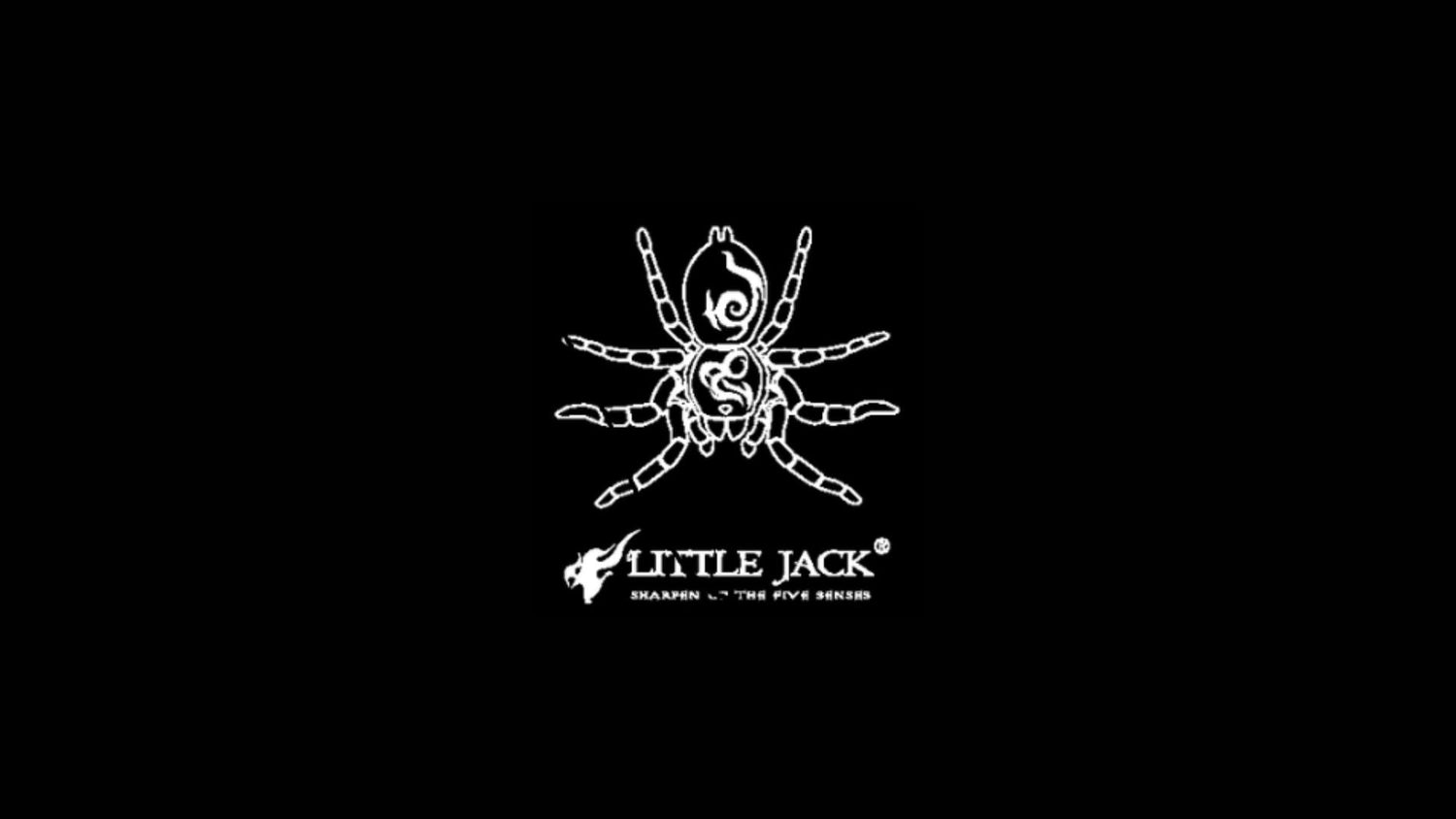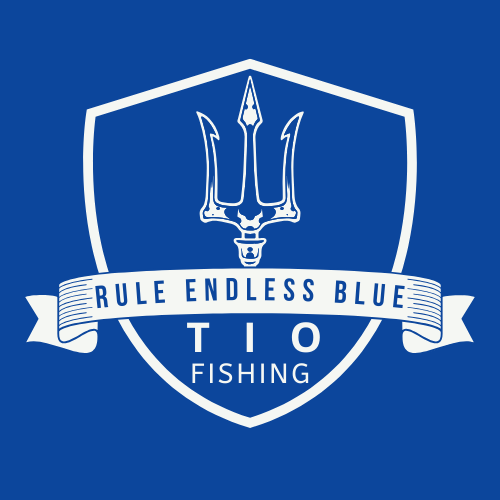
Understand the Leader Line Systems for Lure Casting
Share to others
Introduction
The leader or trace line plays a critical role in fishing success, regardless of the angling environment. It serves as the crucial link between the mainline and the hook or lure. Understanding its importance and selecting the appropriate type enhances fishing outcomes when shore jigging or other lure casting games.
Why Use a Leader Line?
The leader functions as the primary defense against various challenges:
- Stealth: In clear water, fish are sensitive to visual cues. A thinner, less visible leader minimizes the risk of spooking fish, allowing bait or lures to appear more natural.
- Abrasion Resistance: Leaders withstand damage from rocks, shellfish, and fish teeth, preventing line breakage.
- Shock Absorption: During a strike from a large fish, the leader, particularly a shock leader, absorbs the initial impact, reducing the chance of mainline failure.
Understanding 3 Different Leader Line Systems
*Braid to Leader
This standard setup is common in saltwater fishing. Braid, the mainline, provides strength and sensitivity but lacks stretch and is highly visible. A fluorocarbon or monofilament leader addresses these limitations. Suitable to from ultra light to medium heavy setup.
*Braid to Shock Leader
Shock leaders are essential for casting weighted rigs or lures. They consist of a heavier line section that absorbs the force of the cast, preventing mainline snaps and potential hazards.
Leader selection depends on the weight of the lead. Suit to from medium to extreme heavy setup.
*Braid to Spacer Leader
The spacer leader system is tailored for targeting large fish with jig setups. It creates a robust, shock-absorbing connection between the mainline and jig, reducing break-offs.
A "special leader" serves as a buffer and is connected to the mainline via an FG knot. The special leader connects to a nylon or fluorocarbon leader, again using an FG knot.
Leader weight should be roughly double the mainline size, and the special leader should be two sizes larger than the mainline. This layered approach handles the stresses of jig fishing for larger species.
This method is good for shore jigging when metal jig or minnow underwater presentation is important.

Spacer leader line system illustration
Leader Line Data Visualization
Assume using each leader system to set up a shore jigging set up with PE3 braid and 80Lb trace required. Each method will set to same length - 10m. Test same lure 60g, same hooks.
Use a Borg scale (0-5)
| Braid to Leader | Braid to Shock Leader | Braid to Spacer Leader | |
|---|---|---|---|
| Knot Strength | 4 | 3 | 5 |
| Time Consuming | 4 | 4 | 3 |
| Cost | 3 | 2 | 4 |
| Casting Distance | 3 | 4 | 4 |
| Lure Presentation | 3 | 4 | 5 |
| Total | 17 | 17 | 21 |

Data visualization of the leader line system casting performance
Conclusion
Selecting the appropriate leader significantly enhances fishing success. Factors such as target fish, water conditions, and fishing style should guide leader selection. Experimentation helps determine optimal setups.









